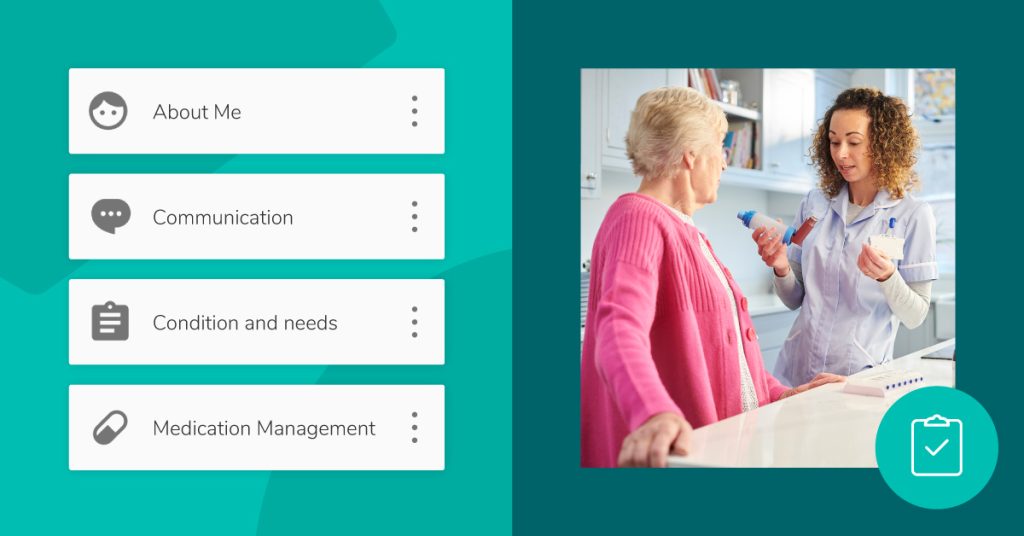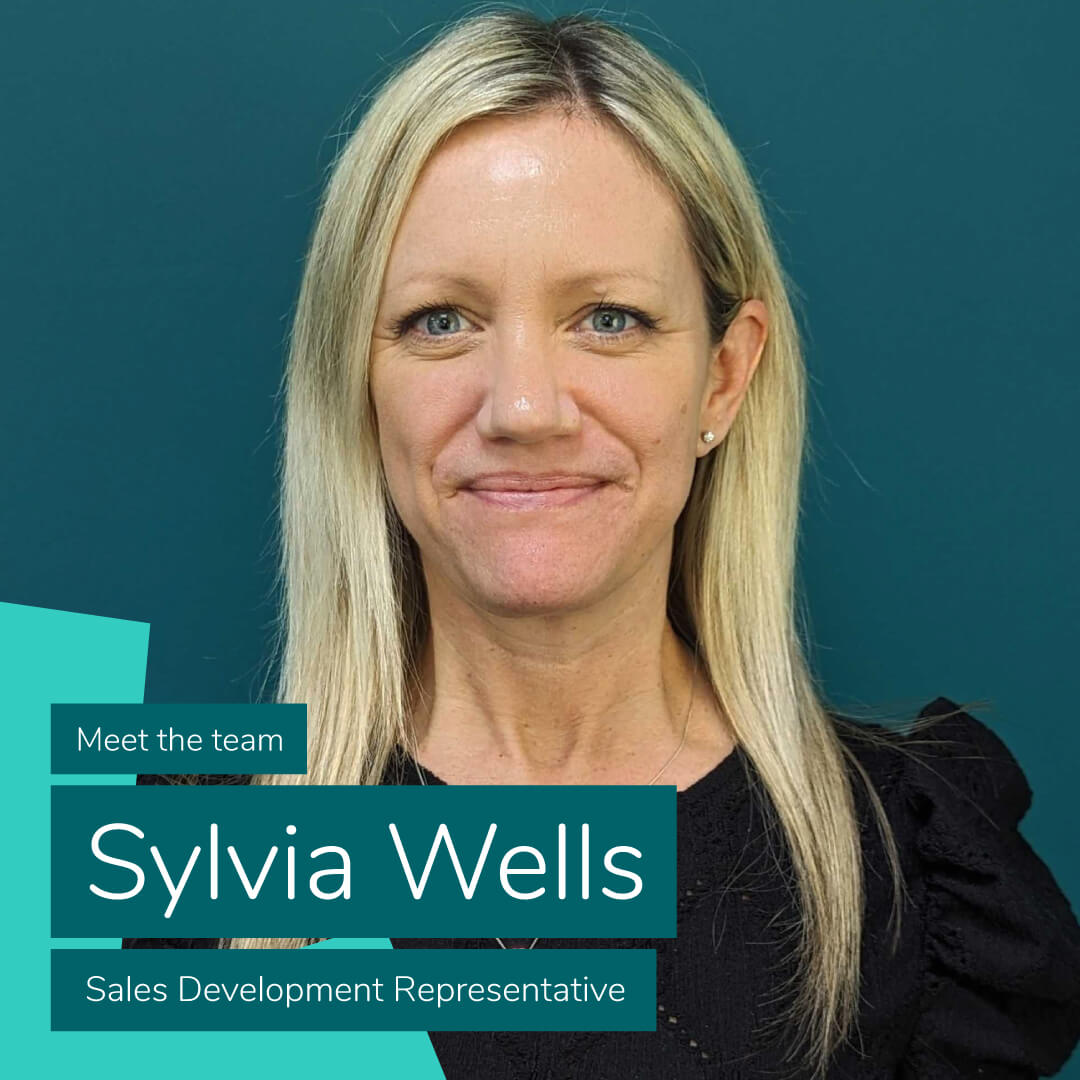CareLineLive has rolled out new assessment templates hot on the heels of the recent skin integrity, mobility, moving & handling and personal care assessment templates detailed here. There are now 17 templates in the CareLineLive suite.
The assessments that are avilable are:
- About me (PRSB)
- About me
- Conditions and needs
- Communication
- Medication management
- Continence management
- Environmental, health and safety
- Escorted outings
- Fluids and nutrition
- Mental health
- Personal care
- Social and emotional well-being
- Lone working
- Braden Scale
- Waterlow Score
- MST
- MUST

CareLineLive’s assessment templates:
- About me (PRSB) the PRSB About Me assessment gathers essential details that individuals wish to share with healthcare and social care professionals. This may include preferred communication methods, strategies to help them feel comfortable, or specifics about their medication preferences.
- About me allows assessors and carers to get a real insight into the life of a service user. This is important to ensure that there is a holistic view of the person, capturing valuable information including the person’s past and present history and what is important to them in the future. This helps to establish a comprehensive picture of the service user so that they are not simply defined by their care and support requirements.
- The new conditions & needs assessment enables the agency manager or assessor to list and record details of the conditions the service user lives with.
- The communication assessment records the communication preferences and needs of service users. With an emphasis on a person-centred approach this means that the information recorded ensures that communication is appropriate to support the service user.
- With the medication management assessment it is possible to add details of the support required by the service user and collect information on medication management. The tool also allows information to be recorded on the safe storage of medication and how it is to be administered.
- Adding medication to our e-MAR hasn’t changed, this is still located in the medical section on the client profile. Information detailing the ordering, receiving and returning of medication is collected in the new medication management assessment.
- The continence management assessment allows the assessor to detail the type of incontinence, add continence management strategies and plans and key stakeholder contact information.
- The environmental, health and safety assessment records the details of the healthcare professionals involved in the provision of moving and handling equipment as well as details on the physical environment within the home that may have impact on the service user’s and care staff’s health and safety.
- The escorted outings assessment gives an opportunity to determine the type of outings that the service user would like support with. The care provider can then collect data on challenges which may impact on the success of an outing which helps enable appropriate planning.
- In the personal care template the care provider collects information to help decide what types and level of care and support is required and details any specific challenges that the service user can experience.
- The social and emotional well-being assessment allows the care provider to focus on the wellbeing of service users. The information captured helps to determine barriers to social interactions and will flag any social and emotional needs that are not being met.
- The lone working assessment collects information that allows managers to identify any issues that may arise during a visit to a service user. Risks are identified giving managers the opportunity to manage risks for both service users and carers for instance ensuring that a visit requiring two carers is appropriately resourced.
- The fluids and nutrition assessment allows assessors to collect information on the dietary needs of service users. This includes collecting key information on food and beverage likes and dislikes, preparation preferences, allergies and intolerances. Users can also collect information that is specific to positive nutritional outcomes, e.g. food fortification or the use of thickening agents which facilitates safe swallowing for some service users with conditions such as dysphasia.
- The mental health assessment covers mental capacity, mental health and well-being, challenging behaviour and behaviour management strategies. The information collected allows assessors to plan person-centred care and support with the service user.
- The Braden Scale is a tool used to assess the risk of developing pressure ulcers. It consists of six elements: sensory perception, moisture, activity, mobility, nutrition, and friction and shear.
- The Waterlow Score is a tool used to assess a patient’s risk of developing pressure sores. It takes into account 11 elements, including sex, age, BMI, continence, nutrition, skin type, mobility, special risk factors, special risks due to neurological deficit, and major surgery/trauma.
- The Malnutrition Screening Tool (MST) this simple three-step tool assesses recent weight and appetite loss and is the most widely used nutritional screening tool in Australian hospitals.
- The Malnutrition Universal Screening Tool (MUST) is a five step screening tool used to identify adults who are at risk of malnutrition, malnourished, are at risk of becoming obese or are obese.
%22%20transform%3D%22matrix(4%200%200%204%202%202)%22%20fill-opacity%3D%22.5%22%3E%3Cellipse%20fill%3D%22%2300beb3%22%20rx%3D%221%22%20ry%3D%221%22%20transform%3D%22rotate(88.5%2011.9%20138.8)%20scale(18.07092%20216.08969)%22%2F%3E%3Cellipse%20fill%3D%22%23fff4f5%22%20rx%3D%221%22%20ry%3D%221%22%20transform%3D%22matrix(-1.26466%2038.12276%20-112.19275%20-3.72182%20127.8%2058.1)%22%2F%3E%3Cpath%20fill%3D%22%233dd285%22%20d%3D%22M96%20173.3l-142.3-27.6%2010.3-53%20142.3%2027.6z%22%2F%3E%3Cellipse%20fill%3D%22%23f5dce3%22%20cx%3D%22125%22%20cy%3D%2256%22%20rx%3D%2296%22%20ry%3D%2227%22%2F%3E%3C%2Fg%3E%3C%2Fsvg%3E)




